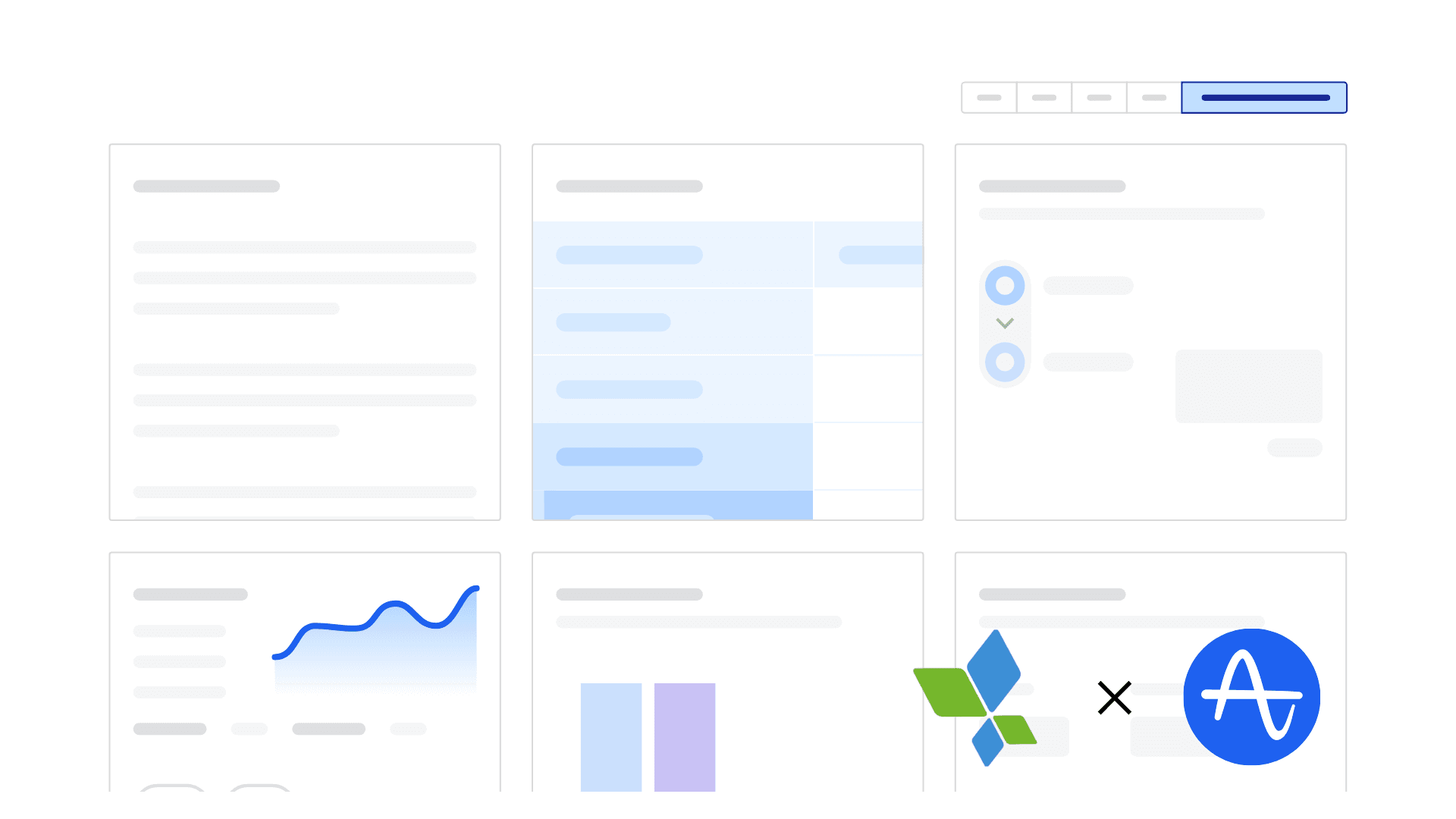
AppsFlyer: Complete Buyer's Guide
The dominant mobile attribution platform
AppsFlyer stands as the dominant mobile attribution platform serving over 7,000 brands with comprehensive campaign tracking and measurement capabilities[44][49]. With a commanding 48.51% market share in Android install attribution as of March 2024[42], AppsFlyer has established itself as the industry standard for mobile marketing measurement and fraud prevention.
Market Position & Maturity
Market Standing
AppsFlyer holds the dominant market position with 48.51% market share in Android install attribution as of March 2024[42], establishing clear industry leadership in mobile attribution.
Company Maturity
The company demonstrates strong business maturity through its 7,000+ brand customer base[44][49], spanning enterprise organizations across technology, gaming, and e-commerce sectors.
Industry Recognition
Industry recognition comes through Forrester's commissioned Total Economic Impact study, which provides third-party validation of the platform's business value proposition[48].
Strategic Partnerships
AppsFlyer's strategic partnerships with major advertising platforms create ecosystem advantages that reinforce market position.
Longevity Assessment
The platform's technical infrastructure supports global scale operations, handling attribution processing for thousands of brands simultaneously.
Proof of Capabilities
Customer Evidence
BUFF gaming platform demonstrates practical AI implementation success, reporting data analysis time reduction from hours to minutes using AppsFlyer's MCP framework[41][44].
Quantified Outcomes
Forrester Total Economic Impact Study provides the most comprehensive validation of AppsFlyer's effectiveness, documenting 207% ROI over three years with payback periods under six months across four enterprise implementations[48].
Market Validation
Market adoption evidence includes customer concentration in technology (48%), gaming (25%), and e-commerce (17%) industries[40][56][57].
AI Technology
AppsFlyer's technical foundation combines deterministic and probabilistic attribution models with emerging AI capabilities through its Model Context Protocol (MCP) framework.
Architecture
The platform's core attribution technology adapts to privacy changes in iOS environments by leveraging IP addresses, device types, and OS data when device IDs become unavailable[42][52].
Primary Competitors
Primary competitors include Adjust, Branch, and Kochava in the mobile attribution space.
Competitive Advantages
Competitive advantages center on attribution accuracy, fraud prevention, and integration breadth across advertising platforms and marketing tools.
Market Positioning
Market leadership through 48.51% market share in Android install attribution[42] provides AppsFlyer with significant competitive advantages.
Win/Loss Scenarios
Win/Loss scenarios show AppsFlyer winning against competitors when organizations prioritize proven market leadership, comprehensive fraud prevention, and mobile-first attribution accuracy.
Key Features

Pros & Cons
Use Cases
Pricing
Featured In Articles
Comprehensive analysis of AI Conversion Tracking for AI Marketing & Advertising for AI Marketing & Advertising professionals. Expert evaluation of features, pricing, and implementation.
How We Researched This Guide
About This Guide: This comprehensive analysis is based on extensive competitive intelligence and real-world implementation data from leading AI vendors. StayModern updates this guide quarterly to reflect market developments and vendor performance changes.
58+ verified sources per analysis including official documentation, customer reviews, analyst reports, and industry publications.
- • Vendor documentation & whitepapers
- • Customer testimonials & case studies
- • Third-party analyst assessments
- • Industry benchmarking reports
Standardized assessment framework across 8 key dimensions for objective comparison.
- • Technology capabilities & architecture
- • Market position & customer evidence
- • Implementation experience & support
- • Pricing value & competitive position
Research is refreshed every 90 days to capture market changes and new vendor capabilities.
- • New product releases & features
- • Market positioning changes
- • Customer feedback integration
- • Competitive landscape shifts
Every claim is source-linked with direct citations to original materials for verification.
- • Clickable citation links
- • Original source attribution
- • Date stamps for currency
- • Quality score validation
Analysis follows systematic research protocols with consistent evaluation frameworks.
- • Standardized assessment criteria
- • Multi-source verification process
- • Consistent evaluation methodology
- • Quality assurance protocols
Buyer-focused analysis with transparent methodology and factual accuracy commitment.
- • Objective comparative analysis
- • Transparent research methodology
- • Factual accuracy commitment
- • Continuous quality improvement
Quality Commitment: If you find any inaccuracies in our analysis on this page, please contact us at research@staymodern.ai. We're committed to maintaining the highest standards of research integrity and will investigate and correct any issues promptly.